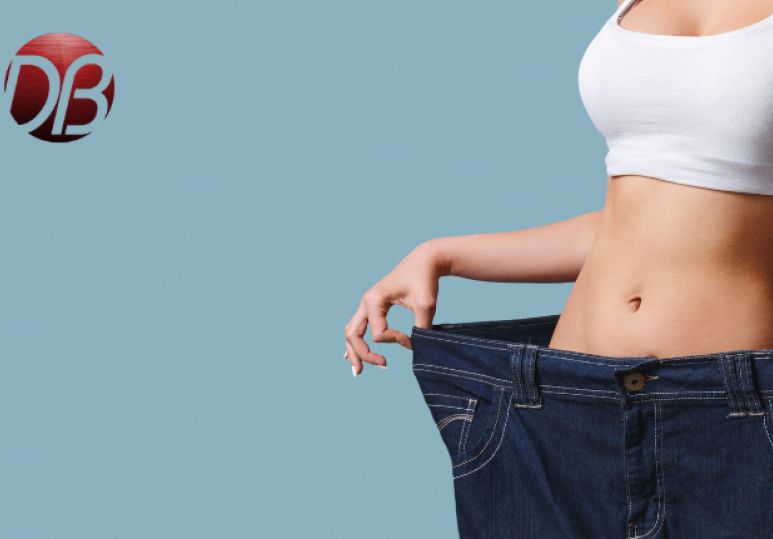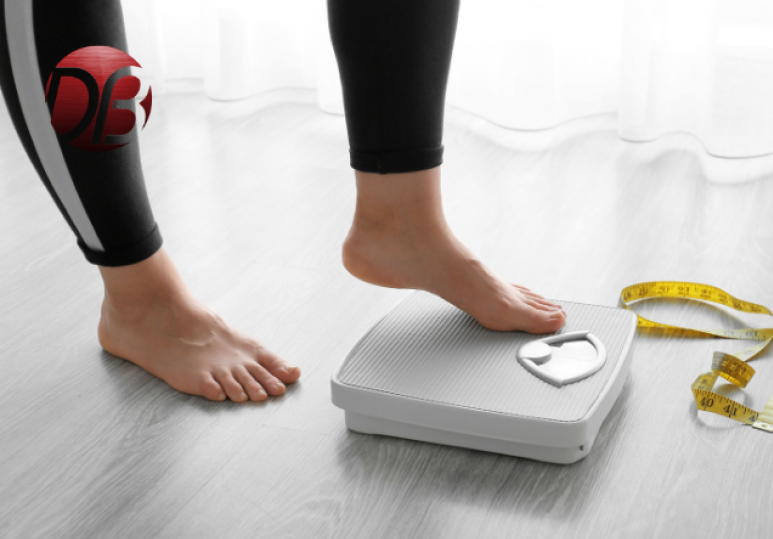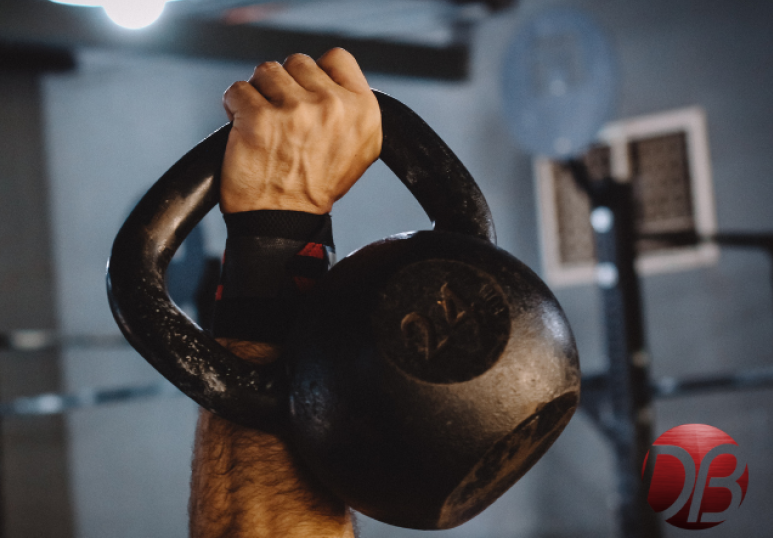We’re sorry to inform you that weight loss has no magic bullet. One plan does not fit all. Tailoring your process to fit your body and your needs means you’re more likely to see results and stick with the program to maintain them. So how do you design a program that’s exactly right for you?
Every program claims it will get you results, and most will if you stick with them for a little while. But these programs don’t provide optimal results, and they may be harder to maintain. A good program designs fitness and nutrition components to complement each other.
Let’s take a look at how to put one together:
Set A Goal
Rule number one is to know what you’re aiming for. Do you want to build muscle or lose fat? Do you want to develop endurance or a cut physique? These all require different approaches!
A good goal is SMART: specific, measurable, achievable, relevant, and timed. Instead of saying, “I want to lose weight,” you might say, “I want to lose 2% of my body fat before my sister’s wedding in June.” If your natural body type is very lean and your goal is to put on weight, you may need to be realistic about what’s achievable and how long it might take you. Similarly, depending on your metabolism and fitness experience, losing weight may be faster or slower than the often-recommended 2 lbs a week.
Identify Your Body Type
Are you naturally lean? Do you have a high metabolism? Do you store fat easily? These questions will affect your plan and how you approach it.
Body types are often divided into three different categories.
- Ectomorphs are lean, often tall, lanky or even scrawny. They often have trouble building muscle, but at the same time do not tend to carry much fat.
- Endomorphs have a tendency toward extra weight. They are often big-boned, and can store fat easily but can also gain muscle easily.
- Mesomorph have an athletic body type and a high metabolism. They are usually muscular.
If you’re not in “great shape”, this categorization might be based not your weight, but on how you gain and lose weight as well as your bone structure. For example, someone with a light bone structure (ectomorph) can still be overweight, and may need to train differently than an endomorph who is trying to lose weight. Similarly, an endomorph in peak physical condition may need to train differently from an endomorph who naturally holds onto muscle mass.
Knowing this can help you plan your nutrition better as well as your exercise routine.
Work Out
The best workout plan is the one you’ll stick with. If you hate running but want to build endurance, you might want to look into alternatives such as cardio kickboxing, guided fitness classes, or low-impact variants like elliptical machines or swimming. Come up with a workout strategy that you can commit to that is aimed toward your goals.
If you want to build muscle, weight lifting is the obvious choice. Add in your body type consideration: if you’re an ectomorph, you may need to put more effort into your nutrition plan than a mesomorph or endomorph.
Types Of Activity
Strength: This involves weight lifting, calisthenics, as well as martial arts, yoga, and combat sports such as boxing. Strength workouts can be tailored to those seeking to enhance their physiques, but can also be designed for function rather than aesthetics.
Cardio: Cardiovascular activity boosts heart health, and is used in a wide variety of training plans. When used for endurance, cardio activities like running, jogging, swimming, and dancing are popular. Cardio can be low, medium, or high-impact. High Intensity Interval training is hugely popular for weight loss, and works by varying how hard you work for maximum fat loss.
Other popular types of activity can help boost explosivity and power (such as plyometrics), or promote flexibility and mindfulness (yoga, tai chi, stretching).
Your ideal fitness routine might be heavier on one component than another, but it’s important to remember that even elite, highly specialize athletes cross-train to hone their skills.
Eat Right
Just as there is no one right workout, there’s no perfect diet. Some people can’t be vegan, ever; they’re always too hungry or would become anemic. Some people can’t ever be Paleo; they’d be too constipated. There’s no one-size-fits-all solution.
A good rule of thumb according to body type, however, is:
- Lean individuals trying to gain muscle should have more protein,
- Individuals trying to lose weight should avoid carbs, and
- If you're trying to build endurance you may need more fat.
One of our favourite rules is Michael Pollan’s “Eat food. Not too much. Preferably plants.” If you’re choosing lean proteins and nutrient rich veggies, along with whole grains, you’re going to be on the right track.
Creating the Perfect Plan
You’re probably bothered right now. We keep saying to do what works for you, but what is that? Let’s look at putting together these elements into a coherent program.
What’s your goal? Lose weight.
What’s your body type? Endomorph.
What kind of workout should you be doing? Aerobic exercise with weight lifting
What should you be eating? Protein to keep you full and lots of healthy veggies and good fats.
Get Help From Experts
The best way to ensure that your program is perfectly tailored to your needs is to enlist a professional. If you’re feeling stuff, get in touch with us online or give us a call at (403) 612-3538.



